Fire Emblem: Three Houses on Switch
Fire Emblem: Three Houses is… a lot. That’s about the best way I can describe this game after sinking nearly 100 hours into this deceptively deep and massive tactical RPG. And the best (and maybe scariest?) part is that I feel like I’ve only seen maybe half of what this epic plot has to offer.
Taking place on the divided continent of Fodlan, Three Houses puts you in the shoes of Byleth, a mercenary who gets hired to become a professor at the prestigious Officers Academy in Garreg Mach Monastery.
The game wastes no time in giving you the sales pitch; you’re a teacher meant to lead your students to greatness, and the catch is that you can only pick one of the three main Houses to guide.
The impact of picking one House over the other two is felt very keenly and immediately. Your roster is parsed down to just eight units, which is pretty darn small for a Fire Emblem game, where you’re usually a tactician taking charge of more units you can realistically keep track of and level up at the same time.
But, as I mentioned in my early preview, I grew to really appreciate the small roster size as Fire Emblem: Three Houses takes this opportunity to foster a sense of closeness within your House. Over the first few hours, I began to think of my Black Eagles as a tight-knit community of close friends who truly believed in the cause of the Adrestian Empire.
Well, except for my girl Petra, who’s a princess from Brigid. She literally got taken to the Empire as a prisoner of war, and was used as a bargaining chip to keep Brigid from rebelling. But she’s dealt with it remarkably well.
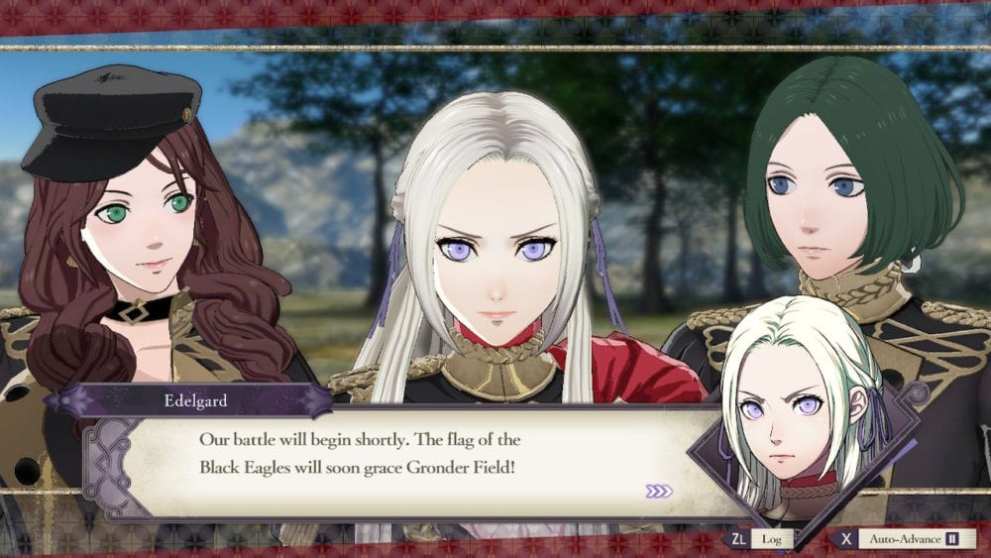
Anywho, my point still stands for the most part. The closeness of the Black Eagles is what really helps to sell the story, and when you slowly attach yourself to each student as their teacher and mentor, those inevitable story twists and turns hit doubly hard.
Even from a gameplay perspective, it’s hard not to feel attached to each student. In Fire Emblem: Three Houses, the game places a large focus on your role as a teacher, which means it’s your job to help your students reach their full potential.
At the start of every in-game week, you get to construct a lesson plan for your class and coach some students individually to give them experience and progress towards their next skill level. This is where you get to micro-manage each student, focusing only on the skills that you want them to improve on.
For instance, I wanted Dorothea’s end game class to be the Gremory, a unit that excels in both dark and white magic. Her initial loadout was centered around black magic and swords, and while that could’ve served her well as a Mortal Savant, I decided to focus on her white magic instead to help her reach magical excellence.
This means that there’s a lot of planning involved when it comes to developing each individual unit, which can be overwhelming. Thankfully, the game does lend you a bit of guidance, as students will occasionally tell you what they aspire to be, and the goals they need to achieve to make that a reality.
Hubert might really like just being a Warlock, but at some point, he might tell you that he wants to focus on black magic and riding to become a Dark Knight. And so, the game gives you the quick option to change his goals to that, and you can just let him do his own thing from week to week.
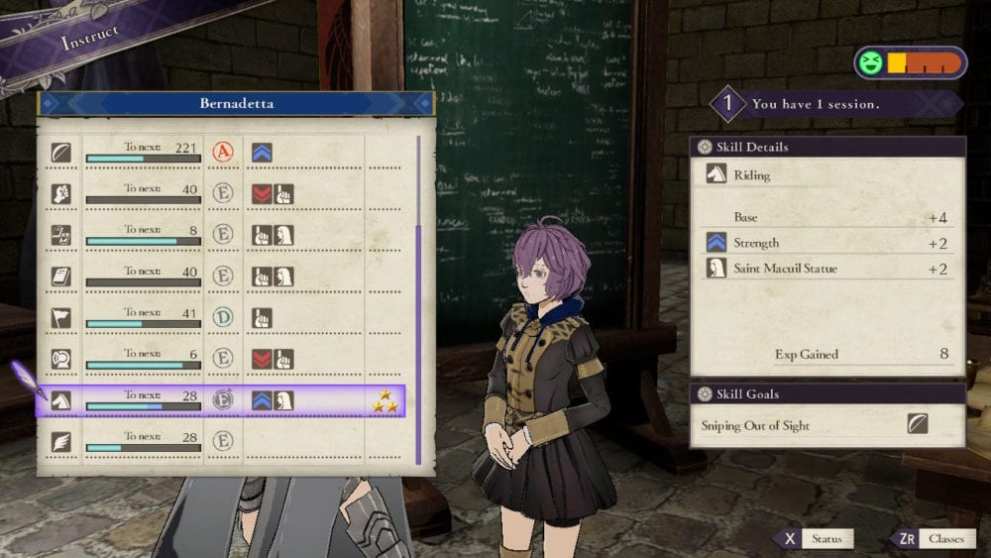
This automated goals system comes in pretty handy, especially when you start to expand your roster and steal students from the other Houses.
I’ll tell you right now, it is possible to recruit students from other Houses, but it’s incredibly difficult to do so on your first playthrough. All students have high stat requirements for them to even consider joining your class, which makes sense since they’d be bound to their own leaders through a sense of belief or allegiance.
Faculty and other staff members, on the other hand, are much easier to recruit. Most of them only have level requirements and can be recruited well before you finish the game’s first act. You’ll soon find that your roster has the potential to expand very quickly, and it becomes doubly important to pick and choose which units you want to give extra coaching sessions each week.
And this is only the tip of the iceberg. Tied in with the teaching system is the Motivation meter that determines how many times you can coach a student each week, and how receptive they’ll be.
Increasing a student’s motivation is tied to several mechanics in the game including sharing meals together in the Monastery, being the MVP of a story battle, gifting them with items, returning lost belongings, and reaching a new support rank.
What’s so impressive about the teaching system in Fire Emblem: Three Houses is how organic it feels in the context of the game. Everything you do comes back to your role as a teacher; it’s woven into the game’s DNA, which, in turn, helps to sell the school setting and that sense of pride and leadership you get when you see your students do well. It’s quite immersive, and very rewarding.
I imagine this must be how teachers feel. Their entire lives and beings are dedicated to keeping their students motivated, and their only reward is that Perfect proc that shows up on screen when a student gets something right.
I’ve praised the Fire Emblem games in the past for incorporating the support system into its battle mechanics so seamlessly. It’s a simple concept; the more time you help each other out on the battlefield, the closer you’ll become, and vice versa. Adding that teaching element into the mix only makes the experience richer, and so much more rewarding.
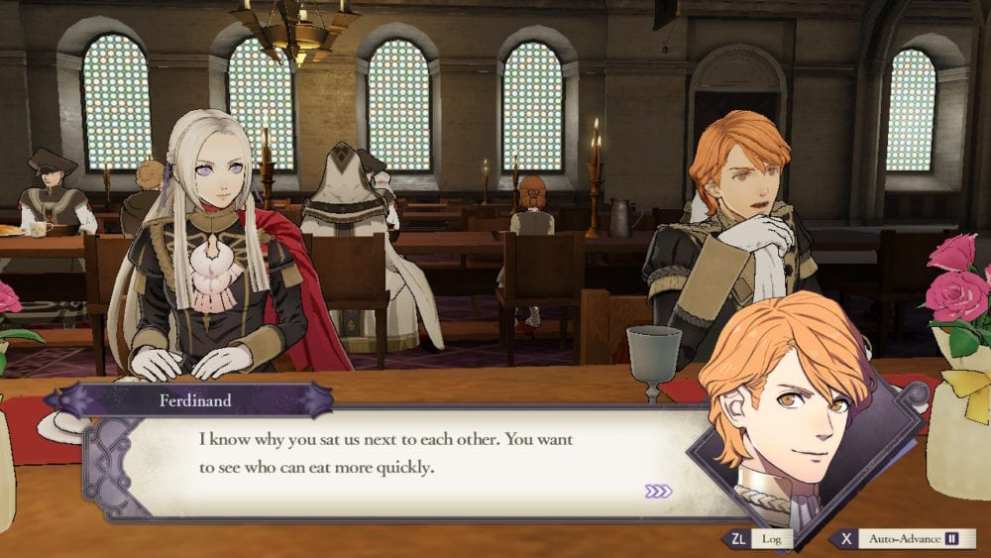
Speaking of the support system, it’s back in Three Houses, though it is a bit of a mixed bag.
Awakening and Fates featured very extensive support conversations, where virtually every single unit could have conversations with one another, with most ending in marriage. This made for an incredible “shippers” paradise, as players were given the freedom to matchmake their units as they pleased, and watch in glee when they eventually fell in love and got married.
I, too, was addicted to the role of matchmaker. Much of my time in Awakening and Fates was spent obsessively poring over support pairs in the roster, figuring out whose interests gelled well together, who should just be A-rank best friends, who should be blessed with the wonders of S-rank married life.
I, too, just wanted to make these anime cuties kiss. Like mashing two action figures together and pretending they were making out.
Naturally, this gave rise to all sorts of weird writing issues. If every single different gender pairing had to end in marriage, this would inevitably result in cases of awkward or unnatural writing.
Fire Emblem: Three Houses tries to address that problem by cutting down the number of pairings available in the game. This works for the most part. There’s still a ridiculous number of pairings in Three Houses, and I haven’t even seen half of them, but it’s clear that in cutting down quantity, the quality of these support conversations has gone up.
The support conversations are much longer and way more fleshed out than in past games, leading to some truly moving and believable segments that endear you to your students. It’s fantastic, because now even your non-plot-relevant side characters feel like real people with real connections.
This also leads to some headaches, especially when you start recruiting outside of your House. You see, not all students will gel well with students from the other Houses. Your support conversations for your new recruits will feel especially limited, which can be irritating for players who just want to find an optimal pairing for every single unit.
It becomes difficult to find a good place for your new recruits to slot in. And, well, leaving units untouched in your roster just isn’t a very good feeling overall. It’s a fine trade-off, though, especially since this means we get better quality conversations. Oh, and if you were wondering about marriage between units? Yes, that’s still in the game.
S-ranks are exclusive to Byleth, but if your other units have A-rank supports with each other, they’ll get married eventually. If you have multiple A-ranks, the game seems to calculate how many support points your units share with each other, and end up marrying the units with the most points.
It throws another wrench into the idea of new-school Fire Emblem being a matchmaking paradise, but eh, if I truly felt so passionately about two units getting married, it’ll happen naturally anyway.
What isn’t acceptable, however, is the fact that you can straight up miss support conversations and have no way of going back to see them, or even know that you’ve missed one until it’s too late.
Once you reach the end of the game’s first act, there’s a five-year time skip in the story, and the plot takes a rather drastic shift. At this point, it’s pretty much impossible to recruit units, with a few exceptions. If you do manage to recruit a unit after the time skip, Byleth won’t be able to gain support ranks with that unit due to story reasons.
To be clear, I’m completely fine with this. It makes sense in the context of the story, and hey, it just gives you more reason to choose a different House for your second playthrough, or make a more concerted effort to recruit them earlier in your next run if you really cared about them.
No. What I’m talking about is the fact that it’s impossible to tell when the cutoff point is for support conversations with characters that seem important to the plot.
To give an example, during my second playthrough, I was determined to have Byleth build support points with Rhea, the Archbishop of the church. Things went pretty smoothly, and I even got the C-rank. However, without warning, I scrolled through my supports list at one point and noticed that I had another rank up with Rhea, but I “missed the opportunity” to deepen the bond.
It’s frustrating that while you can view support conversations between non-Byleth units at anytime from the supports list, for some reason the game insists that Byleth conversations can only be viewed when you’re exploring the Monastery, or when the game prompts you in the middle of a week.
Well, what if I choose not to explore the Monastery during a given month so that I can do practice battles instead? If you miss support conversations and progress too far in the story, you’re out of luck. The game doesn’t give you any warning either.
This, quite frankly, is complete bullshit and doesn’t serve to improve the game whatsoever.
Thankfully, that’s basically the only major complaint I have with this otherwise exceptional tactical RPG. The combat in Fire Emblem: Three Houses remains every bit as fun as you’d expect it to be.
Three Houses continues to be one of the most accessible games in the genre, thanks to its easy-to-grasp mechanics and the way the game doles out information to the player at a steady pace. The weapon triangle system has been removed (thankfully!), and while I still vastly prefer the stats-based combat system from Shadows of Valentia, Three Houses is no slouch either.
There are shades of the weapon triangle in play here, as you’ll unlock “breaker” skills when a unit gets more proficient with specific weapons, and these give you a significant advantage over enemy units equipped with particular weapon types. However, getting good at Three Houses’ combat largely revolves around your positioning on the field, and class variety among your units.
Combat Arts make a return in this entry as well, with one key difference: these use up weapon durability instead of HP, which definitely encouraged me to experiment more with them as it’s far easier to repair weapons after battle, than potentially risking a unit’s death in the middle of a fight.
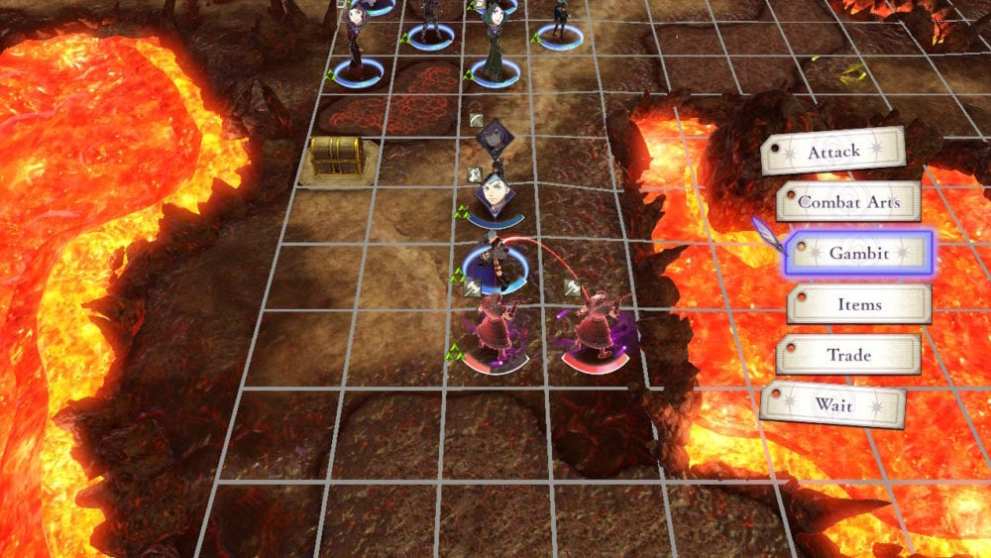
Fire Emblem: Three Houses also introduces Battalions, which are basically support infantry types you can equip to each character.
This adds another interesting layer to battle, as most of these Battalions revolve around disrupting enemy lines, rendering them immobile for a turn or pushing them out of position. It’s a fascinating mechanic that can make for some really dynamic strategies in the right situations.
I only wish the map design in Three Houses actively encouraged such experimentation with Battalions. As it stands, the maps in Three Houses are just… fine. Most of the maps in the first half of the game are fairly straightforward, and we get some pretty fun ones in the latter half, with more obstacles and traps to contend with.
They’re not as repetitive or bland as the constant fields we got in Shadows of Valentia, but they aren’t all that exciting either.
Playing through the game on Normal Classic mode, Fire Emblem: Three Houses didn’t really ramp up the difficulty until the last two or three story missions, where the battles started to get serious and quite grueling.
If the permadeath element of Fire Emblem’s Classic mode scares you, you’ll be glad to know that Three Houses brings back the time rewind mechanic, allowing you to undo moves and any mistakes you might’ve made.
This mechanic only has a limited number of uses, so you’ll still have to be prudent with it, but it’s definitely nice to not have to redo a 30-minute battle just because you positioned that one unit wrongly and unwittingly caused a domino effect.
To wrap up this already lengthy review, I suppose there’s only the story left to talk about.
In short, Fire Emblem: Three Houses has easily the best story and writing we’ve seen ever since the series’ resurgence on the 3DS. It gets plenty dark, even rivaling the uncomfortable grittiness of Shadows of Valentia at times, and like I said at the start of the review, the story is this unbelievably sprawling fantasy epic that just has so much to offer.
I was plenty satisfied with the conclusion I came to at the end of my first run with the Black Eagles, but knowing that was just one possible outcome of this long war only made me eager to jump back into the game and see how the story would unfold if I’d picked another route.
There’s an underlying element of tragedy that permeates throughout Three Houses, and it comes with the knowledge that by picking one House to guide, you’re essentially dooming the other two groups with all their students included.
Without spoiling too much of the story, having seen how the Black Eagles route play out and choosing a different path during my second run was nothing short of emotionally harrowing. Over the course of my first playthrough, I’d gotten rather attached to my Eagles, especially with how determined and single-minded Edelgard was in her goal to unite Fodlan once again.
My allegiance to this House was so strong to the point that picking a route that directly opposed Edelgard just didn’t feel good at all. In fact, it made me feel rather terrible, yet fascinated as I watched the game paint her ideals in a different light, and I began to rationalize and entertain the notion that perhaps Edelgard wasn’t completely in the right after all.
Even before the game’s turning point, I noticed little hints towards events that wouldn’t come into play until much later, and it’s the little things like these that make the story feel that much richer and complex.
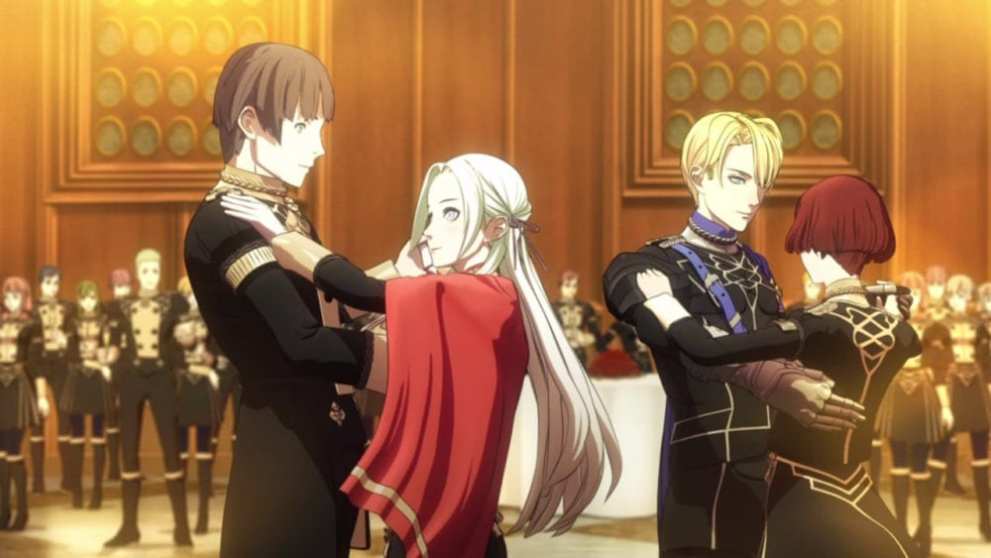
There are unresolved mysteries that you’ll never find the answers to without playing a particular route, and it’s very apparent that you’re meant to play this game multiple times to get the full story. It doesn’t feel like too much of a chore either, especially since you’ll be getting acquainted with new characters by picking a different House on subsequent playthroughs.
It’s a true testament to how good the writing is in Fire Emblem: Three Houses, and how each House leader is so fleshed out and nuanced in ways that you wouldn’t even begin to comprehend until you’ve spent enough time with them.
Fire Emblem: Three Houses is, quite possibly, the most ambitious JRPG you’ll play this year. And perhaps the most impressive part about the whole game is that it actually manages to deliver on that ambition.
Score: 4.5/5 – Great
For more information on how we review games, check out Twinfinite’s review policy here.

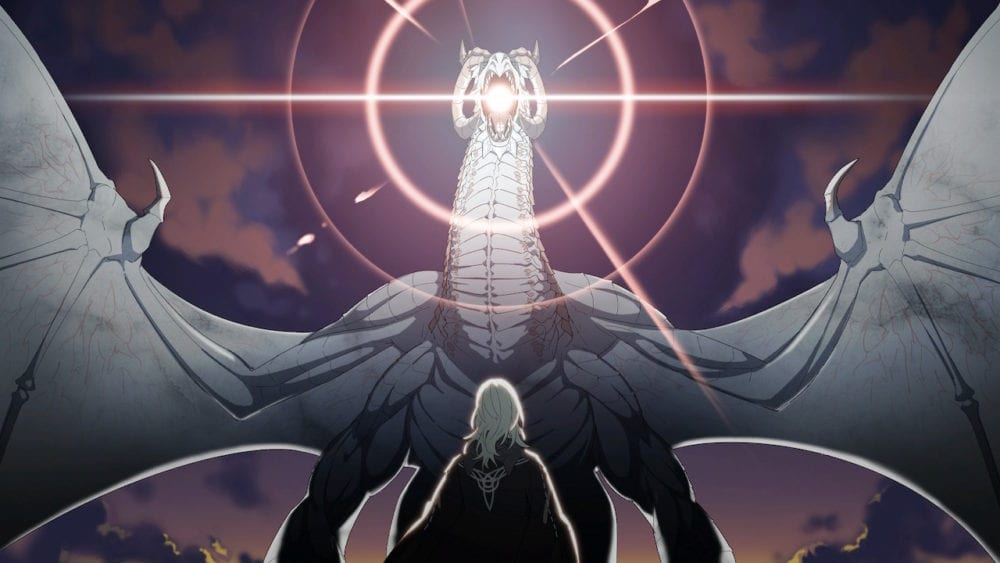

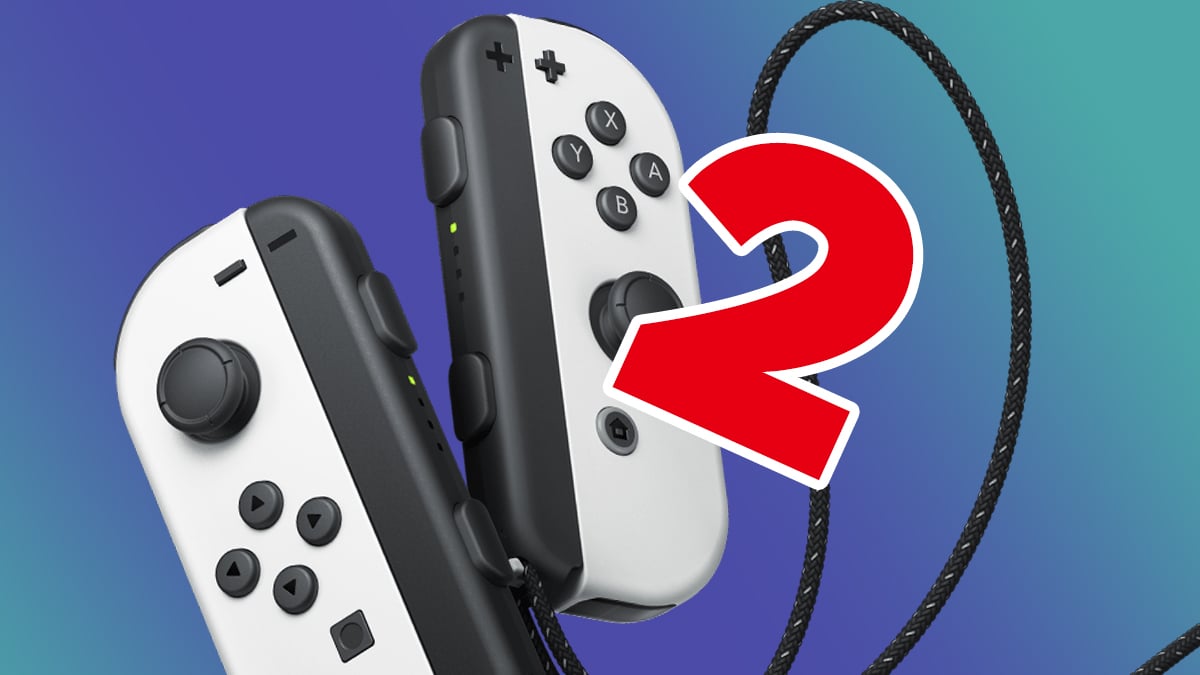

Published: Jul 25, 2019 10:00 am